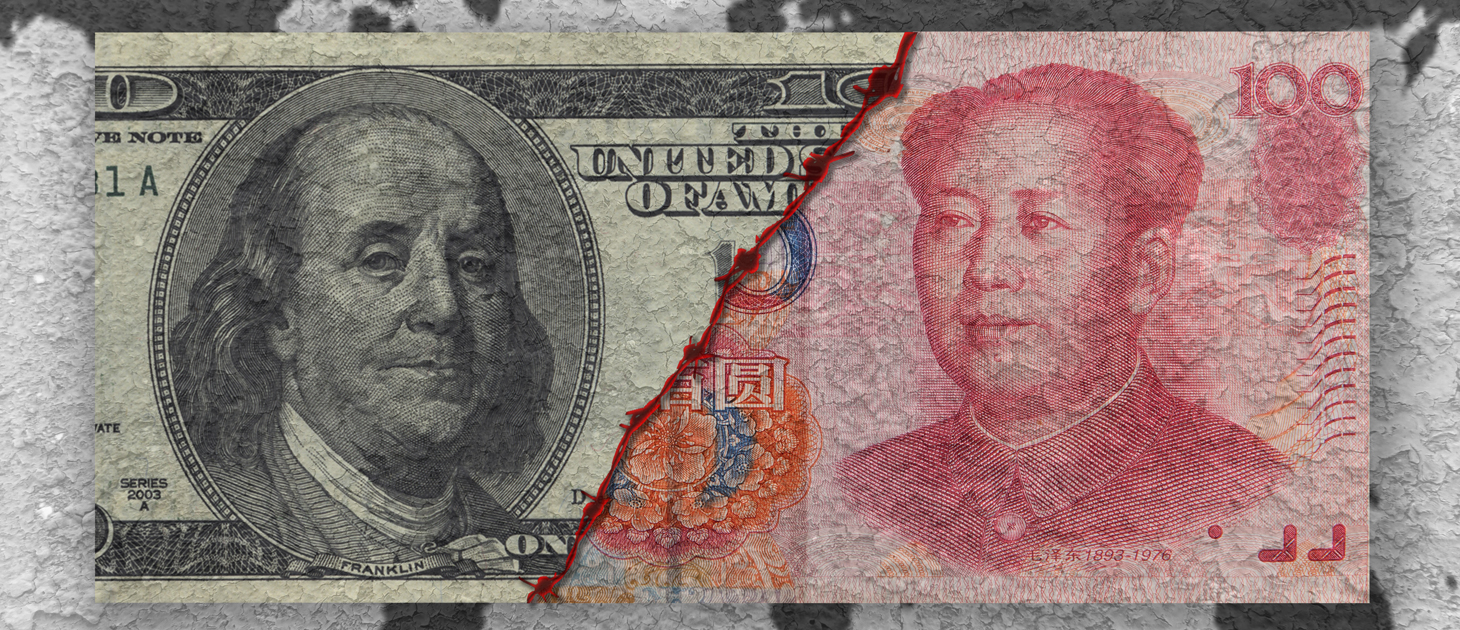Latest Moves in Trade Conflict Hit U.S. Tech Industry Hard
The trade war is impacting American tech companies' supplier relationships, regulation of Chinese investment, digital currency development and more.

This article is sponsored by RSM US LLP. It was originally published on RSM’s The Real Economy Blog on Aug. 16.
Early this month, the Trump administration announced plans for fresh tariffs of 10% on an additional $300 billion in Chinese goods, effective Sept. 1; China responded by announcing a freeze on U.S. agricultural products, and allowing its currency, the yuan, to drop to its lowest level in a decade. Late last week, the president delayed implementation on some of the new duties until Dec. 15, a move designed to provide relief to retailers and consumers alike.
Global Supply Chain in Sharper Focus
The tariffs are forcing U.S. technology companies to continue to explore vendors outside of China, shifting their supply chain and logistics to avoid tariffs and the collateral damage caused by the volatile U.S.-China trade war. The Consumer Technology Association, a trade group, estimates that the new tariffs would have an impact on $13 billion in technology imports. The CTA estimates that the U.S. tech industry paid $1.7 billion in tariffs in June of this year, and that the additional 10% tariff could raise overall monthly tariffs paid by the industry to $3 billion.
The tariffs are forcing U.S. technology companies to continue to explore vendors outside of China, shifting their supply chain and logistics to avoid tariffs and the collateral damage caused by the volatile U.S.-China trade war.
Meanwhile, the weaker yuan could likely provide a shot in the arm to the Chinese economy and U.S. retailers, allowing consumer electronics and other technology concerns that rely on exports of Chinese components to be sold more cheaply to customers in the United States and other Western countries. A stronger dollar and weaker yuan present short-term opportunities for those U.S. companies purchasing Chinese goods. Some of the savings to U.S. companies resulting from the yuan’s devaluation, however, would be offset by the latest round of tariffs.
How the Trade War Is Playing Out in Tech
1.) Regulation of Chinese tech giant Huawei
Products produced by Chinese telecoms giant Huawei have been barred from a host of countries, including the United States, as a result of the company allegedly using its products for espionage. Industry lobbyists in the United States have argued that restricting free trade by blacklisting Huawei is detrimental to the U.S. economy. More than half of Huawei’s semiconductors are sourced from U.S. chipmakers. We are still waiting for additional clarification from the administration on if and how U.S. companies may be able to conduct business with Huawei.
Beyond finding replacements for American hardware, Huawei’s 10,000 engineers are also working to develop replacements for American software. Huawei recently announced its own open-source operating system, HarmonyOS, which is designed to replace Google’s Android operating software.
Despite Huawei’s standing as the preferred provider of routers and other products to support the global rollout of 5G networks, the company will continue to battle the tarnish from the alleged espionage accusations; telecom carriers like T-Mobile will—at least in the near term—look to spend their 5G budgets with alternative radio gear companies including Nokia, Cisco Systems and Samsung.
2.) Regulation of Chinese investment in the United States
Beginning in 2015, Chinese investment in U.S. technology companies began to rise, reaching a peak of $3.6 billion last year, according to a report from New York-based economic research firm Rhodium Group. But the Committee on Foreign Investment in the United States, a government entity that evaluates foreign investment for security risk, among other criteria, has been expanding its scrutiny, potentially curbing additional inbound dollars from China. Ample dry powder from U.S. private equity firms and other investors, however, will likely limit the impact.
3.) Digital currency development
Digital currencies are being developed to counter the inability of investors to respond quickly to changes in foreign exchange markets, such as the recent devaluation of the yuan. According to Bloomberg, Facebook’s new digital currency, Libra, is backed by a “basket of low-risk securities and traditional, government-issued currencies” such as the U.S. dollar, euro, yen and pound. This digital currency would allow for more efficient transfer of funds between parties.
Libra is designed to allow Facebook to penetrate the business-to-business payments arena and the $1.4 trillion e-commerce market. Facebook’s 2.4 billion users would be able to make and receive payments within the Facebook platform, and potentially outside of it. If Libra obtains regulatory approval and begins scaling, e-commerce middle-market businesses should have a strategy ready to ensure that they can transact using the digital currency.
Bloomberg listed the below tech gear that was impacted by the latest round of tariffs with their effective dates:
Tariffs delayed until Dec. 15:
- Telephones for cellular or other wireless networks, including iPhones and many other smartphones assembled in China.
- Portable automatic data processing machines, not weighing over 10 kilograms, consisting of at least a central processing unit, keyboard and display. That covers laptops and tablets, including MacBooks, iPads and iPod touch devices.
- The Apple TV box and Roku video-streaming devices.
- External computer monitors.
- Computer keyboards.
- Wired headphones.
- Remote control gear for video game consoles.
Tariffs effective Sept. 1:
- Base stations. This classification typically includes cellular networking gear.
- Semiconductor media, solid state non‐volatile storage devices. This may cover Nand flash, the key storage media used in iPhones and other smartphones.
- Lithium‐ion batteries and battery cases.
- Machines for the reception, conversion and transmission or regeneration of voice, images or other data. This covers Apple products including the Apple Watch, AirPods, HomePod and some headphones made by Beats.
- Parts of telephone sets and parts of other apparatus for the transmission or reception of voice, images or other data, including apparatus. This may include repair parts for iPhones and other handsets.
- Mac desktop computers
- Apple Watch bands

In January 2018, Kurt was selected as a senior analyst in RSM’s cutting-edge Industry Eminence Program, which positions participants to understand, forecast and communicate economic, business and technology trends shaping the industries RSM serves. Senior analysts advise clients on conditions impacting middle-market leaders. Kurt’s focus is the technology industry.
Kurt has over nine years of audit and accounting experience, serving innovative venture- and private equity-backed technology clients. His responsibilities include working to assure effective and efficient planning, execution and wrap up of engagements. His proactive approach toward client service is the foundation of the strong client relationships that he maintains.


